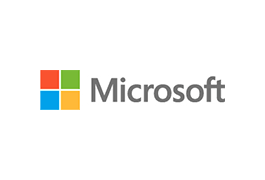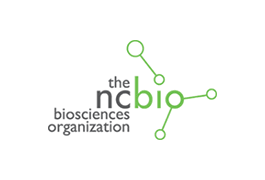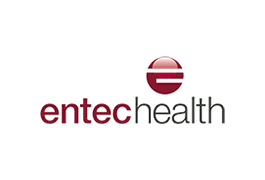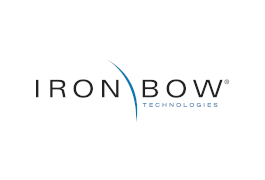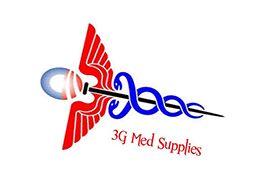25 September, 2014
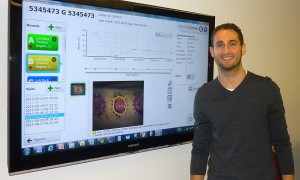
“Silhouette gives us confidence in the quality and accuracy of our data.” — Dr Philippe Foubert, lead scientist, Cytori
Silhouette is playing a valuable support role in a research race to ready the United States for mass burn casualties in the event of a major nuclear incident.
With only 127 burn centers nationwide, a mass casualty incident could overwhelm the nation’s burn care infrastructure.
Biomedical Advanced Research and Development Authority (BARDA), a division of the U.S. Department of Health and Human Services (HHS), is investing in the development of technologies that could ease any treatment bottleneck. It has awarded contracts enabling developers of drugs and medical products approved by the U.S. Food and Drug Administration to repurpose their treatments for disaster response and daily emergency medical care.
San Diego-based Cytori Therapeutics’ Celution® System extracts specialized adipose-derived regenerative cells (ADRCs) from a patient’s own fat tissue and uses them during the same surgical procedure to treat thermal burn skin injuries. ADRCs have been demonstrated to significantly improve and promote wound recovery (Marino et al). The Celution System advantageously yields cell populations suitable for clinical use for thermal and radiation wounds (Fraser, et al). The Celution System is currently being used in clinical trials for heart failure, soft tissue injury, and orthopedics applications.
In August 2014, BARDA announced it will exercise a $12 million contract option to fund the continued investigation and development of Cytori’s cell therapy.
If the FDA approves the therapy under its Investigational Device Exemption, BARDA will fund the research and development activities required to enable a pilot clinical trial of Cytori Cell Therapy in thermal burns. The full contract is worth up to $106 million.
During the study, Cytori needed a wound imaging, measurement and documentation system that could:
- Supply completely reproducible data;
- Provide highly accurate wound measurement and healing trend data;
- Mitigate the risk of multiple assessors measuring wounds inconsistently;
- Provide highly standardized, high quality images;
- Demonstrate precisely the progress of each wound.
Implementation
Cytori explored two 3D wound documentation options. While both were accurate, one was not cost-effective or easy to use, so Cytori chose Silhouette.
- Cytori used Silhouette primarily as a wound imaging system to collect data — including depth measurement — from several sites in a timely manner.
- The implementation involved a SilhouetteStar™ camera gathering wound data at each site, synchronizing to a SilhouetteCentral™ database for remote measurement and supervision of assessments.
- After minimal training, investigators were capturing highly standardized images and measurements of a consistently high quality using a strict protocol built into the system.
- Cytori scientists checked each assessment for consistency of process, and protocol conformity.
- The data was compiled into a “wound book” of images and graphs showing area change over time, making the impact of the treatment very easy to understand.
“Silhouette gives us confidence in the quality and accuracy of our data.”
— Dr Philippe Foubert, lead scientist, Cytori
Results using Silhouette
BARDA has granted Cytori a continuance on its contract, worth $12 million. Documentation results achieved using Silhouette include:
- In the first part of the trial, 4500 wound assessments were completed.
- Changes in wound size are precise, easily detected, and definitive, proving the study’s end point.
- All wound data is reproducible.
- Study governance and administration improved because Cytori project managers used SilhouetteCentral to remotely oversee the investigators’ work.
- Silhouette’s precision and immediacy enabled Cytori scientists to intervene early in non-compliant assessments or exceptions.
References
- Fraser JK, Hicok KC, Shanahan R, Zhu M, Miller S, Arm DM.The Celution® System: Automated Processing of Adipose-Derived Regenerative Cells in a Functionally Closed System. Adv Wound Care (New Rochelle). 2014 Jan 1;3(1):38-45.
- Marino G1, Moraci M, Armenia E, Orabona C, Sergio R, De Sena G, Capuozzo V, Barbarisi M, Rosso F, Giordano G, Iovino F, Barbarisi A.Therapy with autologous adipose-derived regenerative cells for the care of chronic ulcer of lower limbs in patients with peripheral arterial disease. J Surg Res. 2013 Nov;185(1):36-44. doi: 10.1016/j.jss.2013.05.024. Epub 2013 May 28.
Cytori case study – printable .PDF (590KB)


